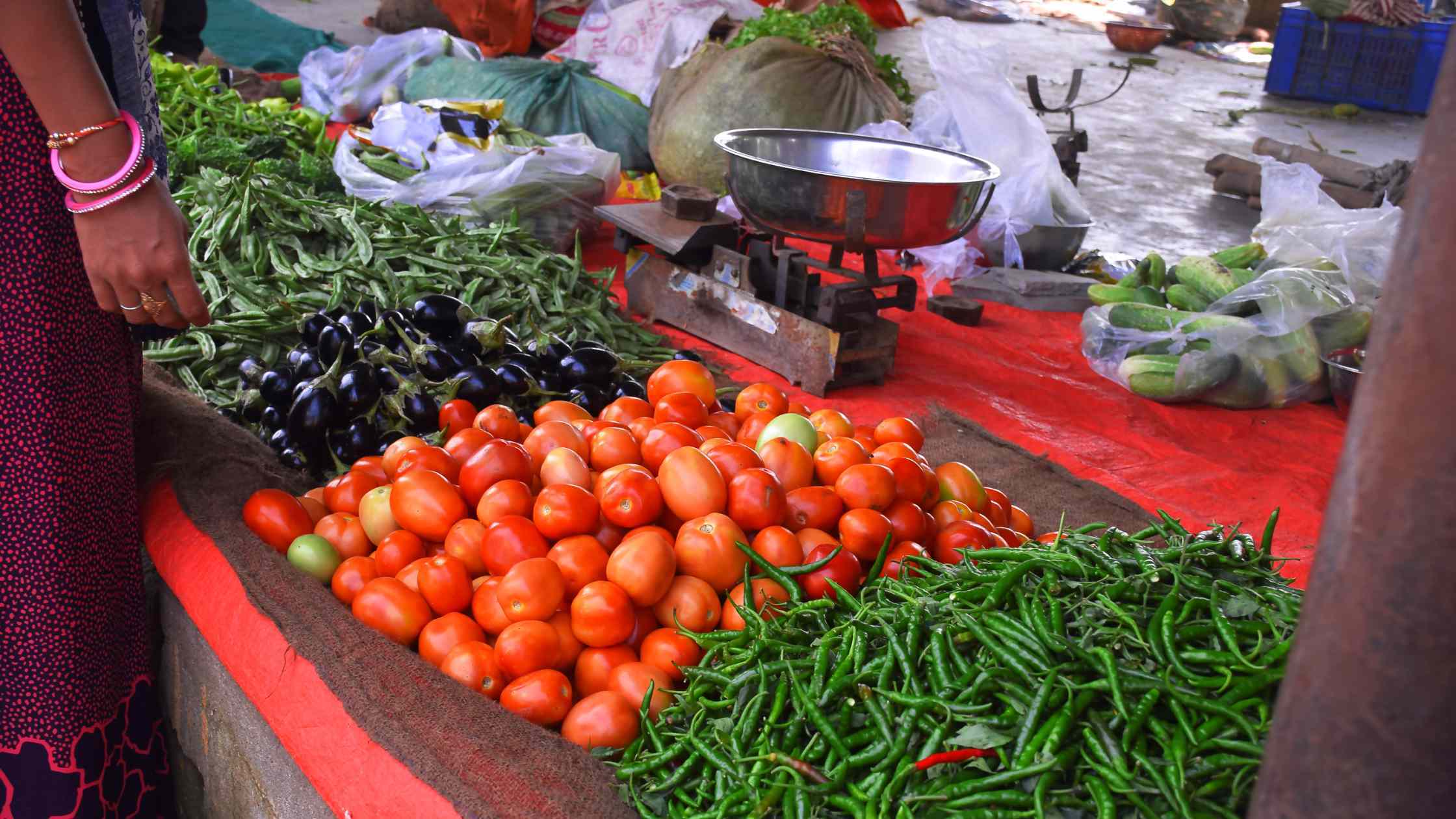Premature blooming alters buransh flower benefits
Amidst the treasures of Uttarakhand is its state tree flower, the Buransh, scientifically known as Rhododendron. Climate change is causing warmer and shorter winters which has ultimately led to the untimely flowering of the famous flower.
By Editorial Team / Mar 28, 2024

AI generated Image of Buransh in Uttarakhand Valley
Amidst the treasures of Uttarakhand is its state tree flower, the Buransh, scientifically known as Rhododendron. It is nothing short of a miracle flower for the local communities as it is said to possess many medicinal qualities and acts as a key ingredient for many of the recipes, to create sweets, drinks, and jams. People carry the flower with them on religious pilgrimages and find every opportunity to capture its glory bringing colour to the valley in springtime.
A flower that blooms from March to May, this year has made an early entrance, prompting worries about the effects of climate change on the region's flora. In February, the usually dormant Uttarakhand’s rhododendron woods came alive transforming the hills into a breathtaking display but sounding an alarm bell.
Typically, these flowers reach their zenith in March and April, adorning the mid-altitude terrain with their captivating crimson hues. However, much to the worries of locals and experts alike, the enchanting sight of Buransh flowers has graced the landscape as early as February this year.
Why is Buransh flower blossoming early? There is no chill.
Climate change is causing warmer and shorter winters which has ultimately led to the untimely flowering of the famous flower. Dr Pankaj Nautiyal, Senior Scientist and Head at Krishi Vigyan Kendra (ICAR-CSSRI) sheds light on the phenomenon, terming it as "Pseudo flowering" or force flowering, “There is a climatic shift, what you call climate change, happening as is visible this winter in the form of a very long dry spell and high day temperature through the month of January. The temperature rise has been very high up to 4 to 5 degrees during the day this year as a result January saw the March weather conditions hence inducing early flowering of Buransh. Normally this flower used to bloom in the month of March-April but this year we are seeing this bloom in early February.”
This early bloom is caused by the disrupted natural seasonal temperature cycle that influences the flowering of many plant species. The seasons are changing, winter is not what it used to be. The days are warmer with scant precipitation, including rain and snowfall. Even as the temperatures at night have generally remained within the expected range, notable deviations have been observed. Global Warming is changing weather patterns and is resulting in temperature and rainfall anomalies.
The Western Disturbances that used to bring winter to this belt aren't as strong or as frequent anymore. Consequently, the state has experienced a noticeable shortfall in precipitation during December and January, alongside a lack of the customary winter chill and above-average maximum and minimum temperatures. Predictions indicate a continuation of these trends, with higher-than-average temperatures expected. Additionally, the role of El Niño has been identified as a contributing factor, associated with warmer and foggier winter days—a pattern that aligns with the broader effects of global warming, including its impact on monsoon seasons and winter weather conditions.
“Though there is no rule book, but if you have El Nino conditions, warm air increases near the tropical region and it pushes the cold air towards the north. Hence, it limits the passage of western disturbances in the Indian region. Due to large-scale features like the El Nino, minimum temperatures were higher-than-normal, making it a warm winter season in the country,” said Dr Mrutyunjay Mohapatra, Director General, IMD.
The effects of the premature blooming of Buransh flower
The early blooming of this plant raises many concerns including reduced medicinal benefits and fewer flowers due to climate change.
- Loss in Medicinal Potency of the Flower: Packed with nutrients and used to treat a range of health issues, from heart conditions to mountain sickness, its petals are also used in local dishes and healthy drinks like Buransh Tea. It is also considered beneficial to stop excessive bleeding in women during menstruation. Local delicacies like the Buransh chutney are said to be rich in antioxidant, anti-inflammatory, and anti-diabetic properties.
- Disrupted nectar production: It impacts various ecosystems dependent on this natural process.
- Economic Repercussions: Buransh-based products like juices, squashes, and other edibles derived from Buransh flowers are a common sight in grocery shops and roadsides across the hill state for tourists. With the quantity and quality of the blossoms being affected, the economic repercussions of such disruptions could exacerbate existing challenges faced by communities in the region.
- Affect on Tourism: With the early bloom, important festivities are also disrupted like the annual Buransh Mahotsav celebrated in Kausani on the onset of spring every year with great zeal. Residents are skeptical that there may be an adverse impact on tourism as well this year.
Dr Pankaj Nautiyal, further explains, “Early blooming will also have an impact on the medical value and the produce of nectar from this flower. The impact goes further on the livelihoods of a sector that is dependent on selling the juice of this flower in the form of squash and other edible products in the region and both the quality and quantity of produce of this flower is being impacted due to early blooming forcing the use of artificial essence and food colour to the products”.
The early flowering of the Buransh in Uttarakhand is a clear sign of how climate change is reshaping our natural world and consequently the local ecosystem. This phenomenon serves as a stark reminder that the effects of climate change are far-reaching. These climatic shifts, seen in the context of global warming, highlight the critical need for immediate action to protect fragile environments like the Himalayas.
Climate Change Impacts Buransh Flower Rhododendron

